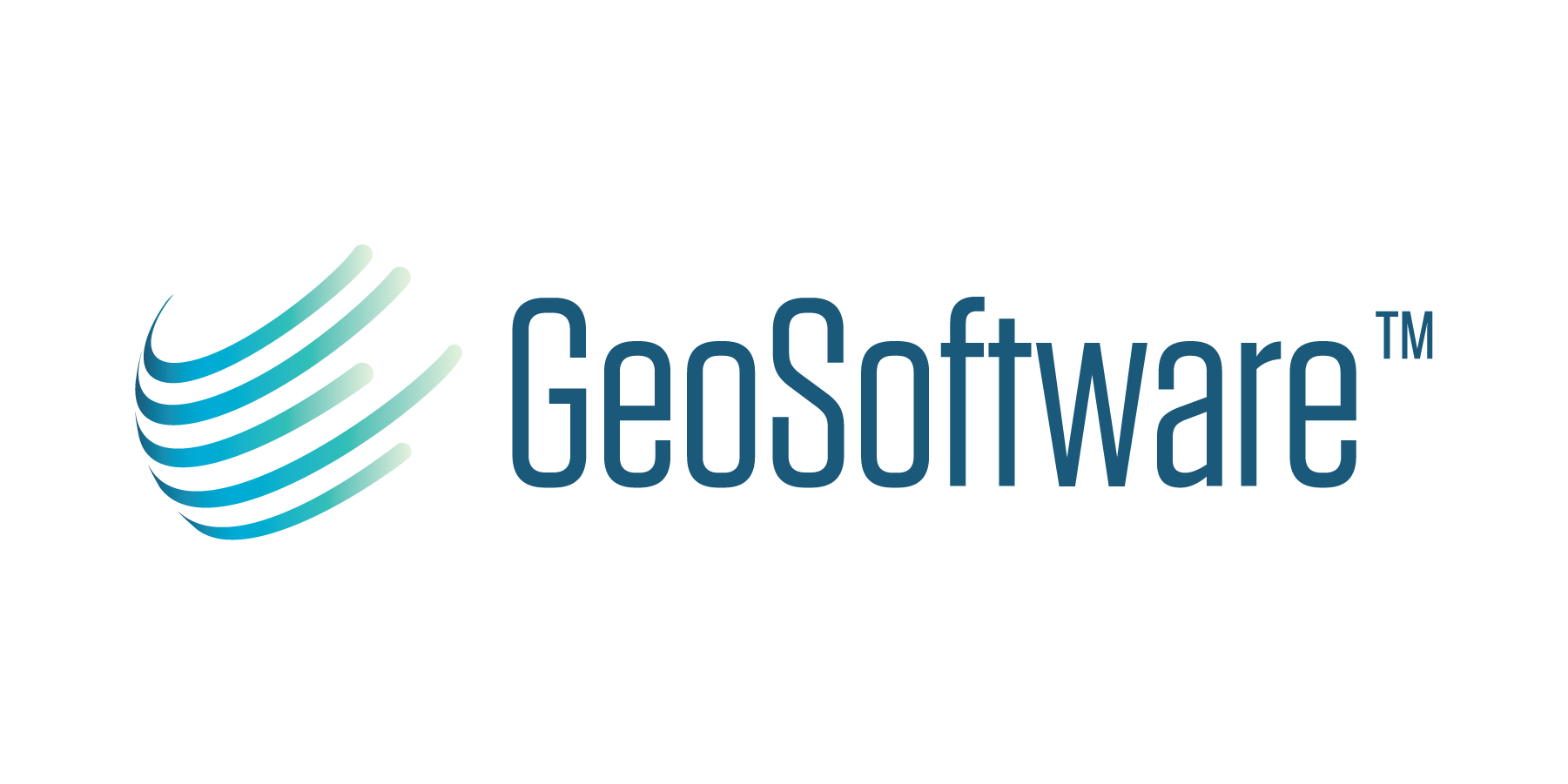Geomechanics plays a crucial role in addressing some of the most pressing challenges faced by the oil and gas industry. Here are the key challenges and how geomechanics helps to solve them:
Geomechanics Uses in Oil & Gas
Pore Pressure Prediction
- Accurate pore pressure estimation is essential to avoid blowouts and manage drilling mud weights effectively.
Wellbore Stability
- When drilling through complex rock formations, maintaining wellbore stability is critical.
- Instabilities can lead to wellbore collapse, stuck drilling tools, or significant delays.
Sand Failure and Production
- In unconsolidated reservoirs, the production of sand along with hydrocarbons can damage equipment and reduce well productivity.
- Managing sand production requires a balance between pressure and stress management.
3D / 4D Geomechanics
- Activities in the subsurface lead to stress changes and deformations. Such deformations can affect the performance of a reservoir and / or be detrimental to the success of a project.
- Examples are reservoir compaction and subsidence, fracture initiation and propagation, fault reactivation and induced seismicity, and seal integrity.
- Sometimes this requires more complex 3D or 4D geomechanical models, coupled or not to dynamic fluid flow models and including or not discrete fracture networks, thermal effects and chemical effects.
Interactive Petrophysics: A Geomechanical Software
To assist you in overcoming these challenges in oil and gas subsurface operations, Geoactive's IP has a variety of features to help you accurately and confidently run your operations.
PPFG Workflow
- Several methods for reliable pore pressure and fracture gradient calculations are available in real time to avoid surprises of formation fluid influx or mud losses during drilling.
- PPFG calculations can be automatically run in real time via WITSML data loading.
Wellbore Stability Modelling
- Geomechanical analysis allows engineers to optimize mud weights, casing designs, and drilling trajectories to prevent wellbore failures.
- Wellbore stability calculations can include uncertainty via Monte Carlo analysis and anisotropic rock properties.
Sand Management Strategies
- Predicting when and where sand production will occur enables confident decisions about sand management, selective perforations and downhole sand control.
- Predicting sand failure for different perforation angles might help safe costs and prevent operational complexities via oriented perforations.
1D Geomechanical Modelling
- At the heart of every 3D or 4D model, no matter how complex, lies a good quality 1D geomechanical model, calibrated to wireline, drilling and core data.
- IP can provide such a 1D model, allowing easy interaction with the bigger 3D and 4D numerical models.
Explore IP's Geomechanics Features
So, by applying IP’s geomechanical principles, our users can improve operational efficiency, minimize risks, and enhance safety and sustainability. To learn more about IP or its geomechanics features specifically, explore our website or contact us.



